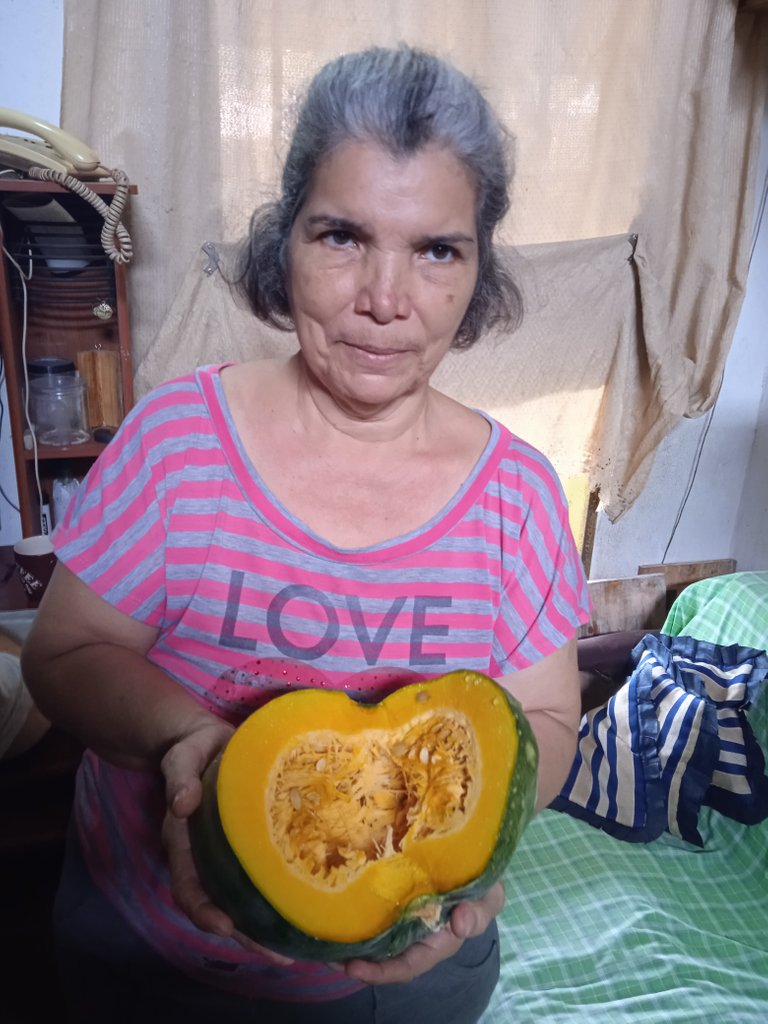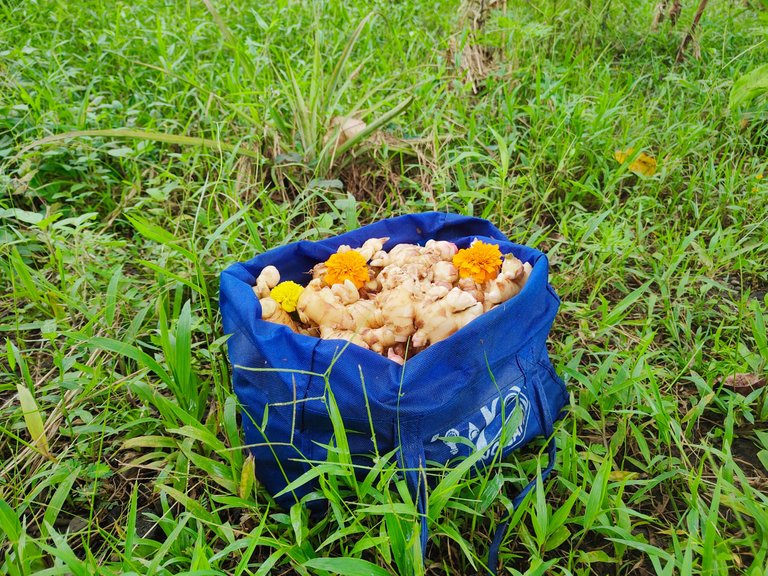
Before the reward there must be labor. You plant before you harvest. You sow in tears before you reap joy. — Ralph Ransom
Plant something everyday and forget.
That has been my motto as I lag behind while others continue in life. Whatever grows, grows. Then one day, everyday, your garden will surprise you with abundance.
Not being a green thumb, or it may be because of the environment that I am in, only a few crops grow well in the permaculture garden.
It's like signing the terms and conditions, accepting whatever good and bad that the property offers. Building, surviving, and thriving in the place you are planted.
For the past year in building a sustainable food forest and permaculture garden, I always try to bring something new to plant and grow. Many do not survive.
Growing Abundance with Ginger Plants
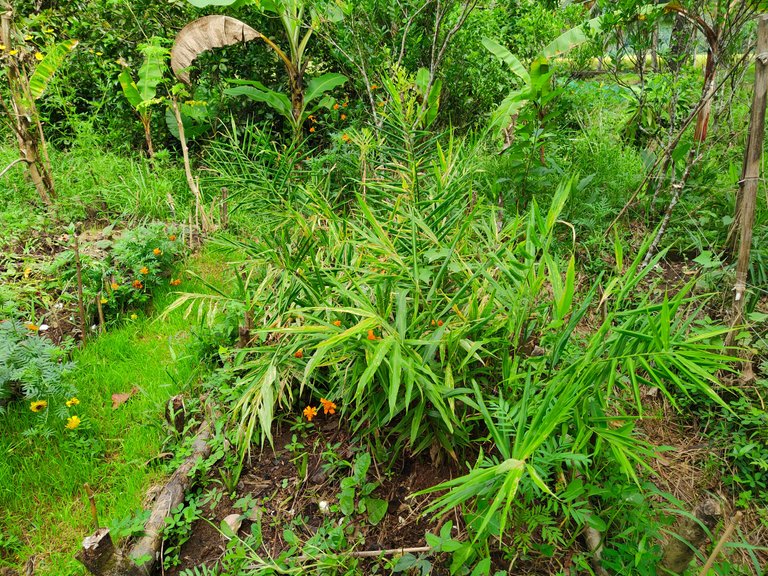
One that has proved itself through the storms, floods, and drought was ginger. It was one that was consistent and most successful crops that I grew in the permaculture garden, the same performance with the mung beans and lemongrass.
Growing ginger is fairly easy, but you also need to get the variety of ginger you like... though anything would do.
Just make sure the rhizomes have sprouted already or else it will really take more time to grow. Put the rhizomes in 2x2 feet grids and cover with loose garden soil. Mind you, one little ginger will compound into one big ginger monster!
Every month, augment it with more soil and organic matter, just enough to cover the young rhizomes that are starting to peek.
In about eight months, you can then start harvesting ginger. Don't harvest later as it will be difficult to divide it and some will begin to rot.
Harvesting Ginger
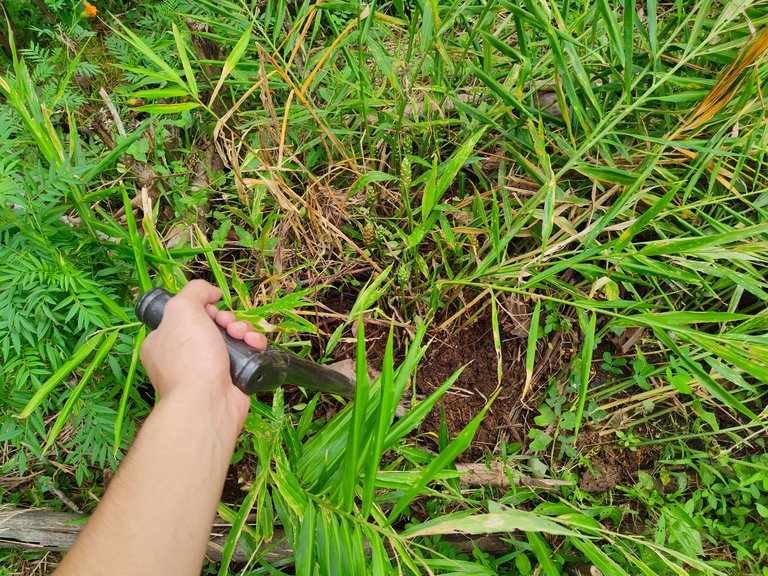
Because of the rainy nights and sweltering daytime in the third quarter of this year, the ginger started bolting too early, blooming with its herb-scented flowers.
After the flowering stage, it would be the perfect time to harvest it. For more than a month already, I waited in harvesting ginger, having it postponed until its leaves has fully yellowed down and die off.
Then the heavy rains came as the typhoon season started, it flooded again and again, causing the crops in the garden to be disturbed, drowned, or uprooted. The ginger plants, among others, started to show signs of wilting and some of its rhizomes began to rot.
I decided in harvesting ginger altogether even if some are still too young for harvest. Most of it had grown so heavy to uproot by hand, so I used a shovel to ease the process.

Harvesting ginger is very straightforward, but handling bigger batches is more efficient than harvesting a little.
1. Start by carefully uprooting the ginger plants, use a shovel to lessen damage. Shake the bunch to put back as much soil to where it was planted.
2. Wash and clean it with running water to remove soil, mud, and other residues. Divide the rhizomes with bigger chunks as possible. Then pluck down the growing stems and roots.
3. Continue in air-drying, but can also be optionally left exposed in the mild sun for an hour to kill bacteria and fungi to lengthen its shelf-life.
4. Store it in a cool, dark, and dry place and could last for a few months before it starts to shrivel. Other options for long-term storage are powdered or dried slices before vacuum-sealed so it can last several more months.
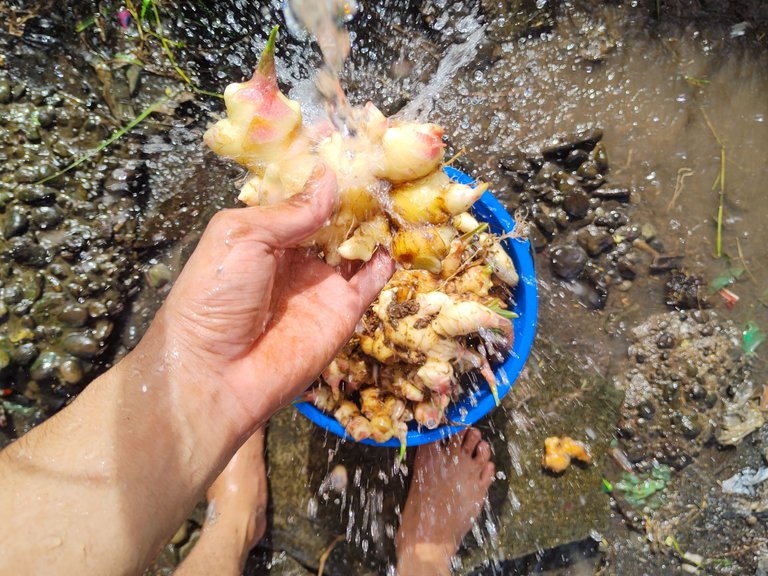 | 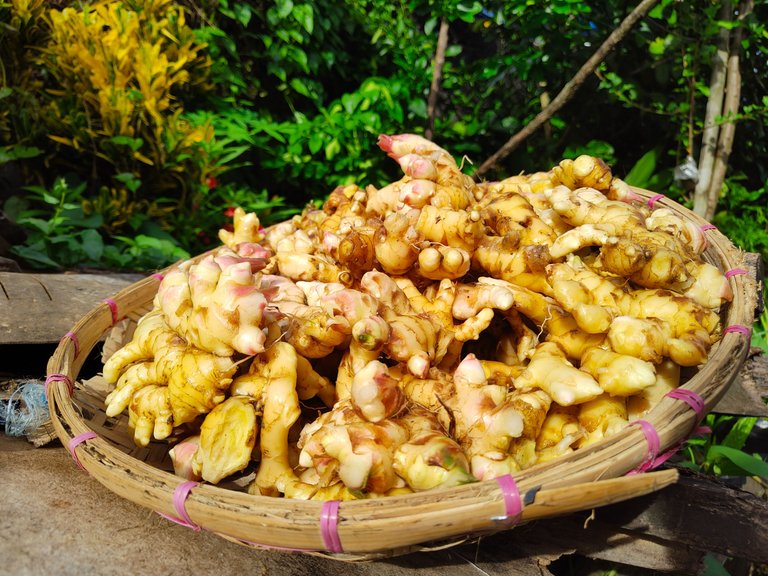 |
|---|
Afterwards, I put the foilage back to the raised beds to decompose. I also collected some rhizomes with sprouts and immediately replanted to grow more ginger around the food forest and the permaculture garden.
After the post-harvest processing, I shared some to my granny and will sell the remaining in the farmers market tomorrow.
October Rice Harvest Updates
Since I left my job in the city and finally joined with the farm activities in my hometown, I always pushed to document everything in our farm operations, although my parents aren't too interested.
Although we aren't operating as a business, documentation is important to assess what areas work well and what need improvement. If you ask my parents, either they take time to respond or say they just can't remember it.
I asked them to buy that blue record-keeping book, but no progress... they just don't like it. So, I just volunteered myself to do the bookkeeping since I love data and I have background in data analytics.
The rice field occupies 5,000 square meters of space with an irrigation from a direct and natural source from a nearby spring.
The July rice planting season required two baros or equivalent of 27 kilograms of Non-F1 PSB Rc18 (ALA) inbred rice variety. There are a lot of inbred and hybrid grown in the Philippines, but some farmers has preference on what to grow.
The local government gave 15 kilograms of complete fertilizer, but we weren't able to add more because of the tight financial distress we had that time.
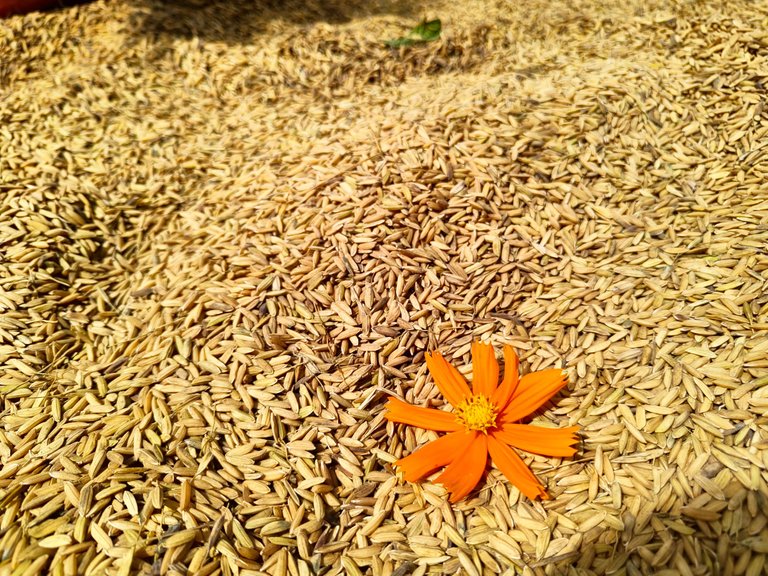
All operating costs including labor and other inputs is about USD 200 (PhP 58.346 ≈ 1 USD) from the beginning to post-harvest. The harvesting cost is about USD 65 while the milling cost is about USD 0.09 per kilogram, but the milling cost was halfed since the rice bran was sold directly to the miller.
The total milling recovery of the 640 kilograms rice grains, including the drying loss and other post-processing wastage, is about 58.5 % which is equated to 374 kilograms of locally milled rice, costing 0.73 USD per kilogram or 34 USD per 50 kilogram sack.
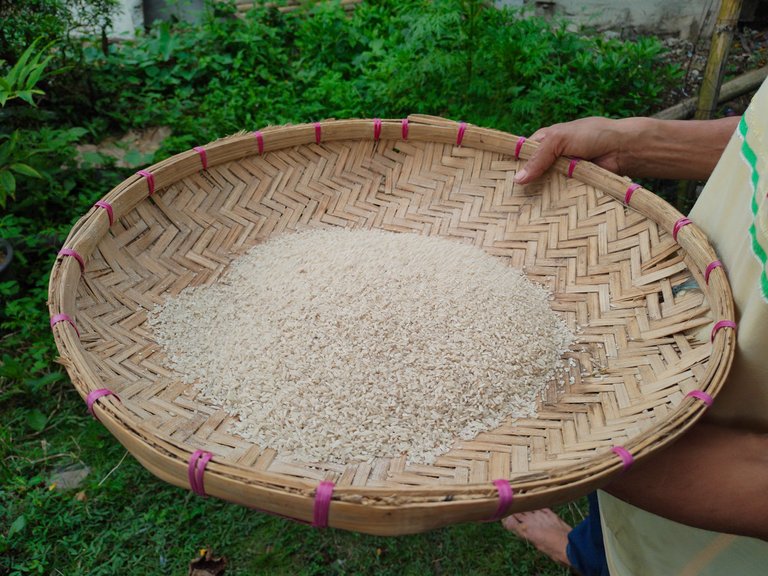
If the rice fields are supplied with adequate inputs and other sustainable pest management, we could increase the yield from 880 kilograms to 2.5 metric tons.
Our milled rice will be enough to sustain us until the next harvest season, so we can't profit from it financially now.
Food security is not always on the hands of the government, they can help us or they can make it harder... but as farmers, we must continue to grow no matter what economic weather we are in.
What are your thoughts on the topic?
Any questions or ideas?
See you in the comments down below and let's share some conversation! ;)
PINNED POSTS
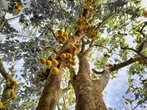 | Clearing the Damage After the Storm Instead of falling into anxiety, I took time to make use of what the storm had given. |
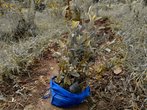 | Building Abundance with More Fruit Trees Amid the Economic Turmoil This year, I planned to initially plant 100 trees wherever possible until the year ends. |
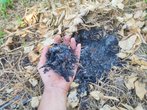 | Using Saltwater and Fire to Heal a Permaculture Garden Plant debris becomes natural mulch and organic matter. |
 | Harvesting Cucumbers After a Year of Labor As crops mature, harvest season began as well. |
 | Fermenting Fish Amino Acid for the Garden Crops It would be a sin to throw away such things, even the food scraps I turn it to compost now. |
 |  |  |  |  |  |  |
|---|

About Me
@oniemaniego is a software developer, but outside work, he experiments in the kitchen, writes poetry and fiction, paints his heart out, or toils under the hot sun.
 | Onie Maniego / Loy Bukid was born in rural Leyte. He often visits his family orchards during the summers and weekends, which greatly influenced his works. |

Support with Crypto
Bitcoin 34hdQNHHFUodqegi2wwNeNw2p35ewvnaXQ
Ethereum 0xd36126ab2463c3404cca1c97d8f3337917dfd113
Not yet on Hive? Earn while blogging.
Sign up with PeakD | Ecency

